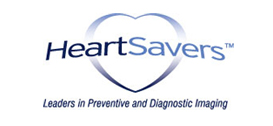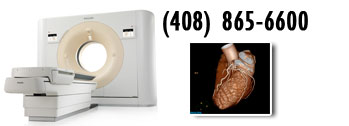


At HeartSavers we offer a Bone Density Scan for the detection of Osteoporosis.
Osteoporosis is a silent disease in which bones become fragile and are more prone to fracturing (breaking). This condition is responsible for 1.5 million fractures annually in the United States. A majority of the fractures occur in the hip, spine, and wrist. People may not know they have osteoporosis until their bones become so weak that a sudden strain, bump, or fall can cause a fracture or a vertebra to collapse. If not prevented or left untreated, osteoporosis can progress unnoticed until a bone breaks.
The Bone Density Scan allows for the early detection of osteoporosis. With this knowledge numerous therapies (i.e. diet, dietary supplements, weight-bearing exercise, and medication) may be implemented to slow or stop the progression of the disease.
QCT Scan may be
appropriate for:
Postmenopausal women
Premenopausal women and men with any of the following risk factors:
o Thin or small frame
o Family history of osteoporosis
o Diet low in calcium
o Cigarette smoking
o Excessive use of alcohol
o Inactive live style
o Use of corticosteroids or thyroid medication
o Low testosterone levels in men
Facts about Osteoporosis:
- One in two women and one
in eight men over the age of 50 will have an osteoporosis-related fracture in
their lifetime.
- Osteoporosis is often called the “silent disease” because bone loss occurs
without symptoms. People may not know they have osteoporosis until their bones
become so weak that a sudden strain, bump, or fall causes a fracture or a
vertebra to collapse.
- Currently, in the United States, 18 million individuals have low bone mass,
placing them at increased risk for osteoporosis
- Once bone loss is detected, numerous therapies (diet, dietary supplements,
weight-bearing exercise, and medication) can be prescribed to slow or halt the
progression of the process, and possibly even increase bone density.